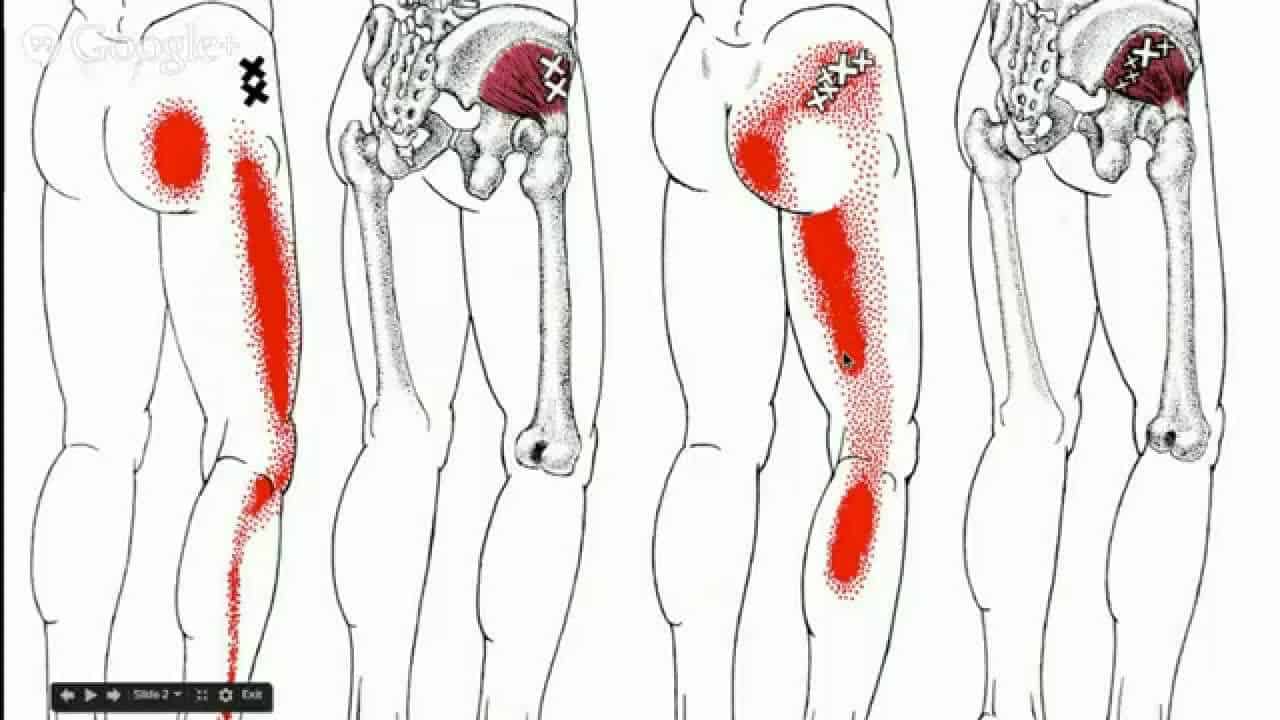Trochanteric Bursitis or Hip Bursitis is pain in the side of the hip. The name itself implies that there is inflammation of the bursa. Treatments for this type of hip pain have largely consisted of anti-inflammatory medication and in severe cases corticosteroid injections.
For many people, the injections have been a source of relief with a trade off: the pain might return, there is a limit on how many injections one can get in a year and there is the risk of bone degeneration if enough injections are given. Granted that is an extreme circumstance, but it has happened and it is closely monitored by healthcare practitioners.
So what is one to do if they don’t want to run the risk of cortical (bone) break down but also don’t want to take painkillers or get injections for the rest of their lives? The answer: trigger point dry needling.
The Greater Trochanter is a an attachment point for several muscles in the hip. Some of these muscles like Gluteus Medius can refer pain right to that very same area.
What does that mean for you? It means two things. First, you don’t have hip bursitis. Chances are you don’t have inflammation of the bursa, rather you either have tightness causing trigger points or weakness which is causing, you guessed it, trigger points.
Luckily, the solution is simple. A few carefully placed dry needles in the tight tissue along with some basic but effective exercises can dramatically change your pain and function for the long term.
Going to a physical therapist is your best first line of defense for this type of injury. He or she will be able to correctly identify the tissues that are tight and weak so that he or she can treat them appropriately. Within just a few short weeks, the difficulty you experience with long walks and standing for long periods of time will disappear.
If you have questions about your condition or want to schedule a FREE 20 Minute discovery visit, contact me via email at [email protected] or call me at 479-402-9400.




